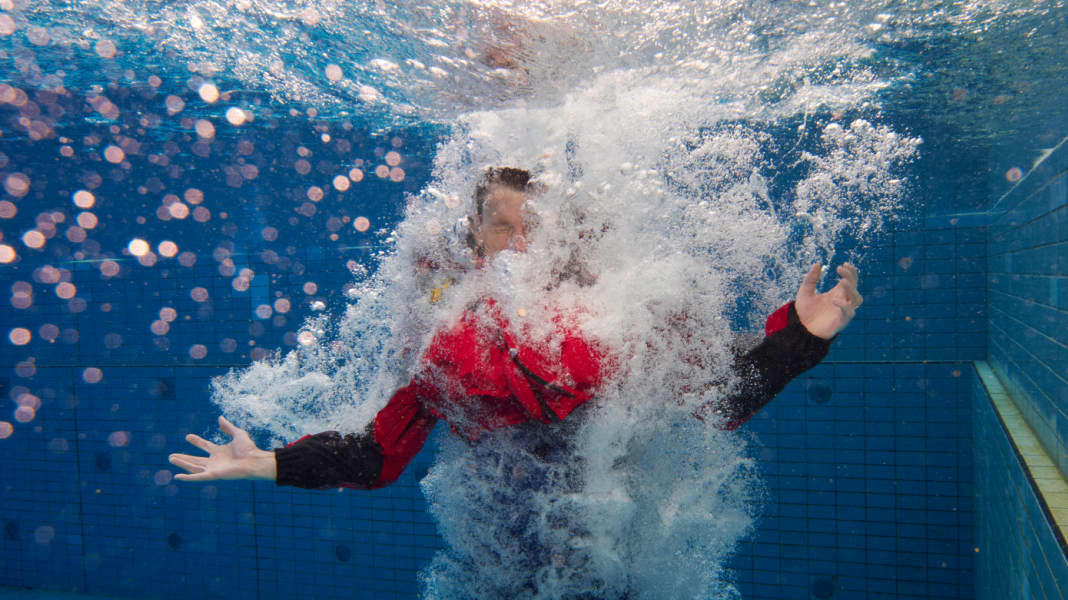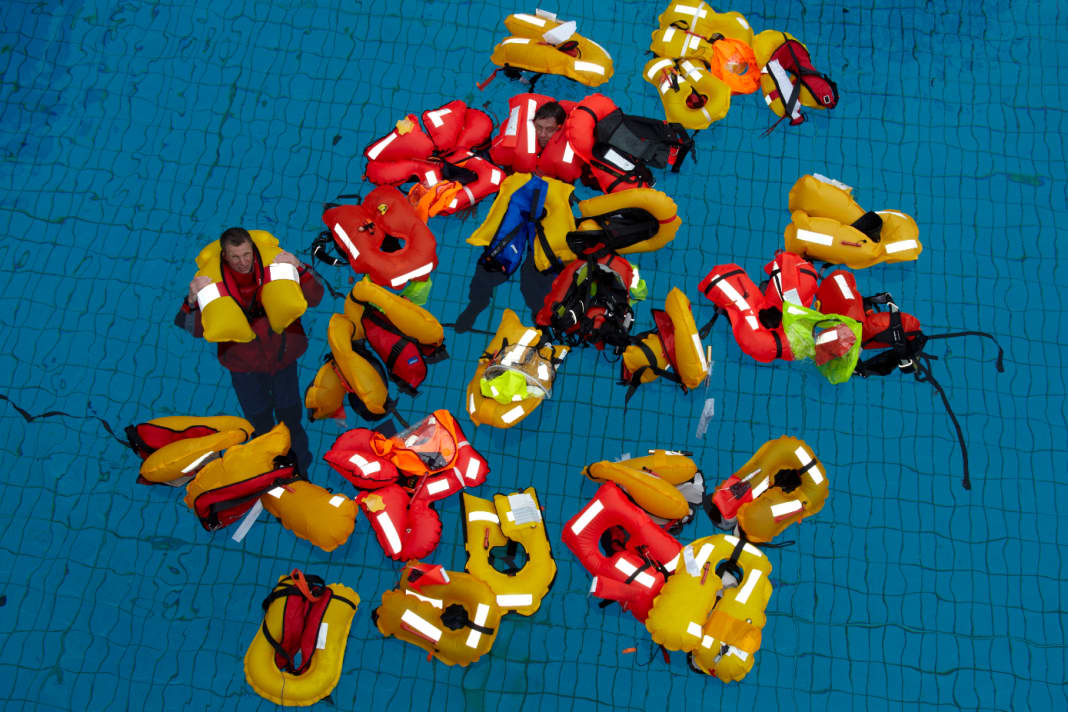
Are you one of those boaters who hardly ever pick up their lifejacket, let alone put it on? Yet the inflatable parts are anything but useless. To put it simply: in the event of an involuntary splash, they are designed to give a person in an accident enough buoyancy to prevent them from sinking. However, according to the strict standards, life jackets must be able to do much more.






Provided they are properly fitted and firmly attached to the body, they should keep the mouth and nose safely above water, even if the casualty is exhausted or even unconscious. In technical jargon, this swimming position is referred to as unconsciousness-proof. How much buoyancy a waistcoat gives its wearer in the water depends on the size of the buoyancy aid.
In general, a distinction is made between the following categories: 100 N, 150 N and 275 N, where the letter N stands for Newton, the physical unit for the force. It would therefore be correct to speak of the buoyancy force of a lifejacket. For example, 100 N models provide a buoyancy force equivalent to 10 kg.
To put it simply: to pull an inflated 100 N waistcoat under water, you would have to attach a weight of 10 kg to it (not taking into account the density of the water). It is clear that this weight increases with increasing waistcoat size (buoyancy). This is referred to as buoyancy classes.
Waistcoats in the 100 N class are therefore suitable for inland areas, models in the 150 N class for coastal areas and the large-volume 275 N models are intended for offshore use. Among motorboat drivers, the 150 N class is considered to be the product of choice due to the area restrictions.
In our test, we therefore had 15 waistcoats with fully automatic release of this class, which were worn one after the other by a test person (182 cm, 76 kg) and were supposed to release themselves (automatically) in the water. Our "man overboard" fell backwards into the water from a height of around one metre.
In our opinion, this is the simulation of a classic "exit" from the gangway or foredeck, whereby in these cases the sea fence in the hollow of the knee often acts as a rear tripping hazard. The following measurement points were noted on our work plan as test criteria for the waistcoats:
